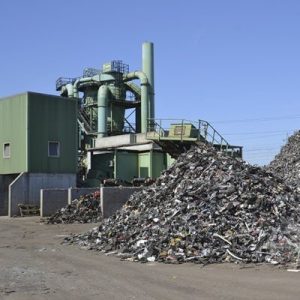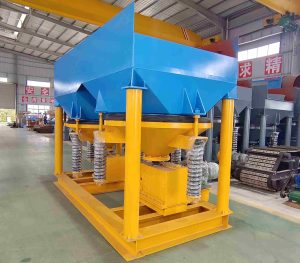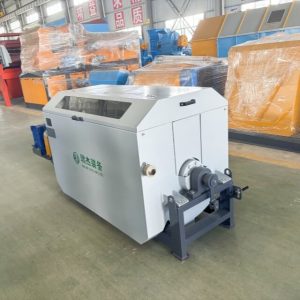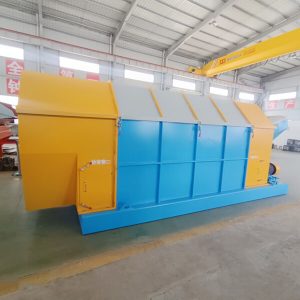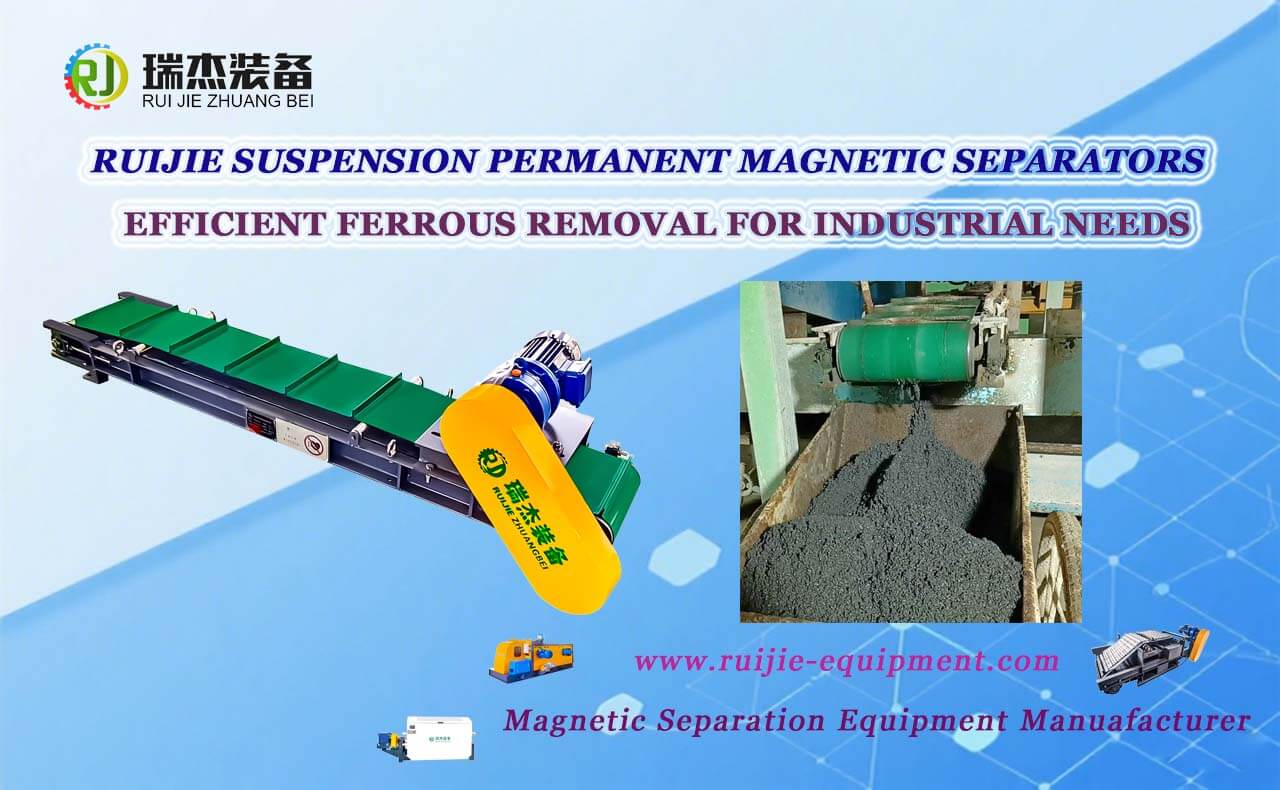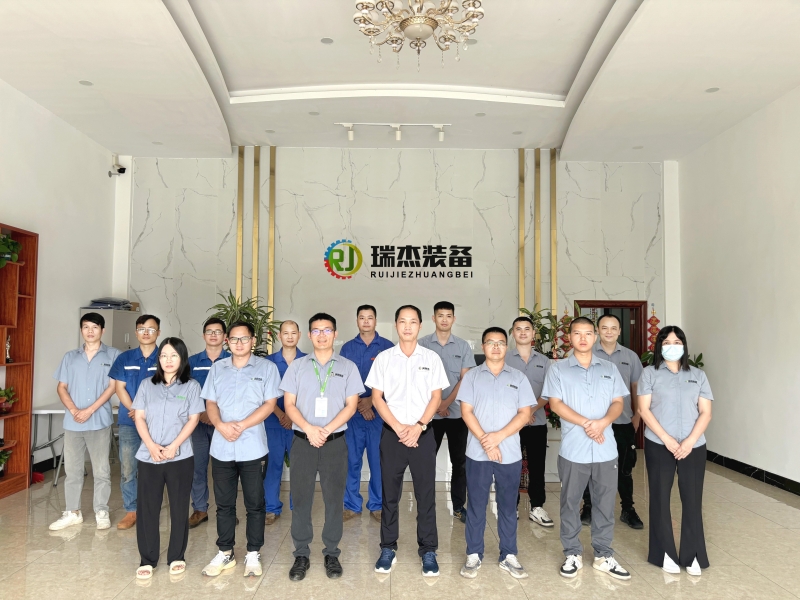Automotive Shredder Residue (ASR) is an inevitable byproduct of shredding end-of-life vehicles (ELVs) for material recovery. Often referred to as “car fluff,” ASR is a complex mixture of plastics, rubber, glass, foam, fibers, and residual metals. While it may seem like waste, ASR holds significant potential for recycling.
With proper recycling processes and advanced technologies, valuable resources can be extracted from ASR, reducing environmental impact and providing economic benefits. This article explores the importance of ASR recycling, the common components found in ASR, and the machines and technologies used to optimize the recycling process.
Key Takeaways
- ASR recycling machines help collect useful materials like metals and plastics from car waste, supporting eco-friendly practices.
- Picking the best recycling machine means looking at material type, how much it can process, its features, energy use, and upkeep.
- Using gravity sorting, magnetic separation, and screening machines together helps recover more materials and reduce leftover waste.
What Is Automotive Shredder Residue (ASR)?
Automotive Shredder Residue (ASR) is the leftover material after end-of-life vehicles (ELVs) are shredded to recover valuable metals. It consists of plastics, rubber, glass, fibers, foam, and residual metals. ASR is also known as “car fluff” due to its lightweight composition. This waste is complex, making disposal and recycling a challenge.
Why Is ASR Recycling Important?
1. Environmental Protection
ASR is often landfilled, leading to soil and groundwater pollution. Recycling reduces waste, minimizes landfill use, and lowers environmental risks.
2. Resource Recovery
Despite being considered waste, ASR contains recyclable materials like residual metals and engineered plastics. Advanced separation technologies like to use the ASR recycling machines can extract valuable resources, reducing the demand for virgin materials.
3. Compliance With Regulations
Governments worldwide are enforcing stricter ELV recycling laws. The European Union’s ELV Directive, for example, mandates a 95% recycling and recovery rate for vehicles. ASR recycling helps automakers and scrap processors comply with these regulations.
4. Energy and Cost Savings
Recycling ASR reduces energy consumption compared to producing new materials. Recovering plastics, metals, and rubber helps manufacturers lower raw material costs.
How Is ASR Recycled?
Modern ASR recycling involves multiple processes:
- Magnetic Separation: Extracts ferrous metals.
- Eddy Current Separation: Recovers non-ferrous metals like aluminum and copper.
- Density Separation: Separates plastics, foam, and fibers for reuse.
- Chemical or Thermal Processing: Converts ASR into fuel or raw materials for new products.
Common Components in ASR
Automotive shredder residue (ASR) consists of a complex mix of materials left behind after shredding vehicles and other metal-based products. Understanding these components is essential for efficient recycling and waste management.
- Metals: ASR often contains small amounts of ferrous and non-ferrous metals. These include steel, aluminum, and copper, which can be recovered and reused in manufacturing.
- Plastics: A significant portion of ASR consists of various types of plastics. These materials come from vehicle interiors, dashboards, and other components.
- Rubber: Tires and other rubber parts contribute to the rubber content in ASR. Recycling this material can reduce environmental pollution.
- Glass: Windshields and windows leave behind glass fragments in the residue. These can be processed and repurposed for new products.
- Foam and Textiles: Seat cushions, carpets, and insulation materials add foam and textile components to ASR. These materials are challenging to recycle but can be used in energy recovery processes.
Recycling facilities must identify and separate these components effectively. This ensures maximum recovery of valuable materials while minimizing waste sent to landfills. Advanced sorting technologies and high effective ASR recycling machines play a crucial role in achieving this goal.
Machines for Sorting and Separating
Efficient recycling depends on advanced machines designed for separation and sorting. These ASR recycling machines ensure that materials from the shredder are processed effectively, recovering valuable components and reducing waste. Below are three key types of machines used in this process.
Gravity Sorting Machine
Gravity sorting machines use the principle of density differences to separate materials. Heavier components, such as metals, sink to the bottom, while lighter materials, like plastics, rise to the top. This method is highly effective for separating mixed materials in automotive shredder residue. By utilizing gravity, these machines achieve high-efficiency separation, which is crucial for recycling operations. They also help streamline the sorting process, making it faster and more accurate.
Magnetic Separating Machine
Magnetic separating machines specialize in extracting ferrous metals from non-metallic materials. These machines use powerful magnets to attract and remove metals like iron and steel from the shredder output. This process is essential for metal recycling, as it ensures that valuable metals are recovered and reused. Magnetic separation also reduces contamination in the remaining materials, improving the quality of the recycling process. These machines play a vital role in achieving efficient separation and sorting.
Screening Machine
Screening machines sort materials based on size. They use vibrating screens or rotating drums to separate smaller particles from larger ones. This method is particularly useful for processing automotive shredder residue, where materials vary in size. Screening ensures that each material is directed to the appropriate recycling stream. These machines enhance the overall efficiency of the sorting process by ensuring precise separation of components.
What to Consider when choose recycling machine for ASR
Selecting the right machine for recycling ASR involves evaluating several critical factors. Each recycling facility has unique needs, and understanding these requirements ensures efficient operations and maximum material recovery.
-
Material Composition: The composition of automotive shredder residue varies significantly. Facilities must analyze the types of materials present, such as metals, plastics, and rubber. Machines should align with the specific components to optimize recycling asr processes.
-
Processing Capacity: Machines come with different processing capacities. Facilities handling large volumes of ASR should prioritize high-capacity equipment. Smaller operations may benefit from compact machines that balance efficiency and cost.
-
Technology and Features: Advanced technologies, such as AI-based sorting or enhanced magnetic separation, improve accuracy. Machines with customizable settings can adapt to diverse asr processing applications, making them more versatile.
-
Energy Efficiency: Energy-efficient machines reduce operational costs and environmental impact. Facilities should consider equipment with low energy consumption while maintaining high performance.
-
Maintenance and Durability: Machines designed for durability require less frequent maintenance. This reduces downtime and ensures consistent recycling operations.
By considering these factors, facilities can enhance their recycling ASR processes. The right equipment not only improves efficiency but also contributes to sustainable waste management practices.
Conclusion
Recycling Automotive Shredder Residue is not only essential for reducing landfill waste but also for reclaiming valuable materials that contribute to a circular economy. By investing in advanced sorting technologies and efficient machines, recycling facilities can improve resource recovery, minimize environmental impact, and comply with growing regulatory demands.
As the demand for sustainable practices increases, the role of ASR recycling will continue to evolve, making it a crucial component of the future automotive industry. Understanding the importance of ASR and selecting the right equipment for recycling will help ensure that more materials are reused, benefiting both the environment and the economy.

